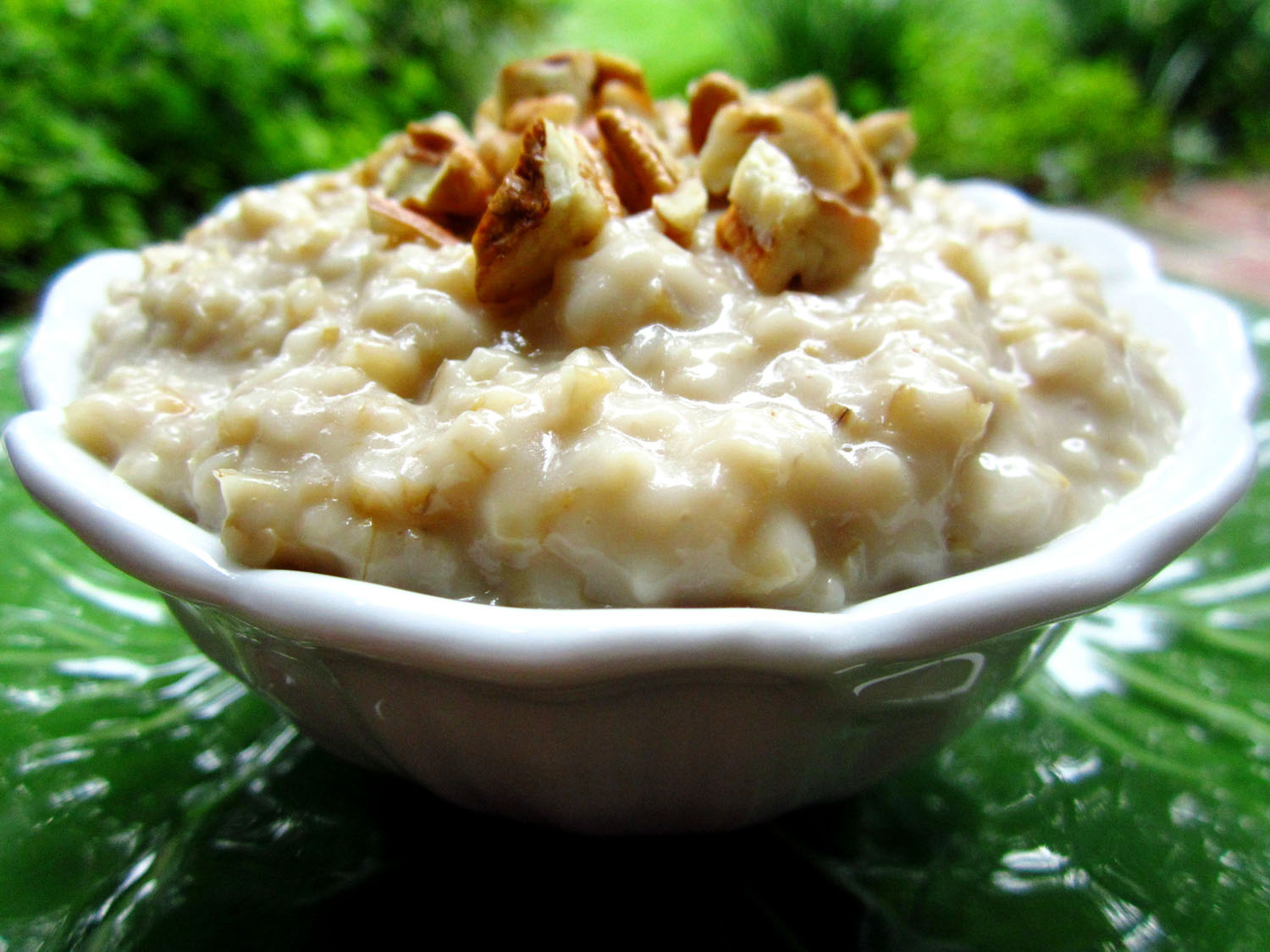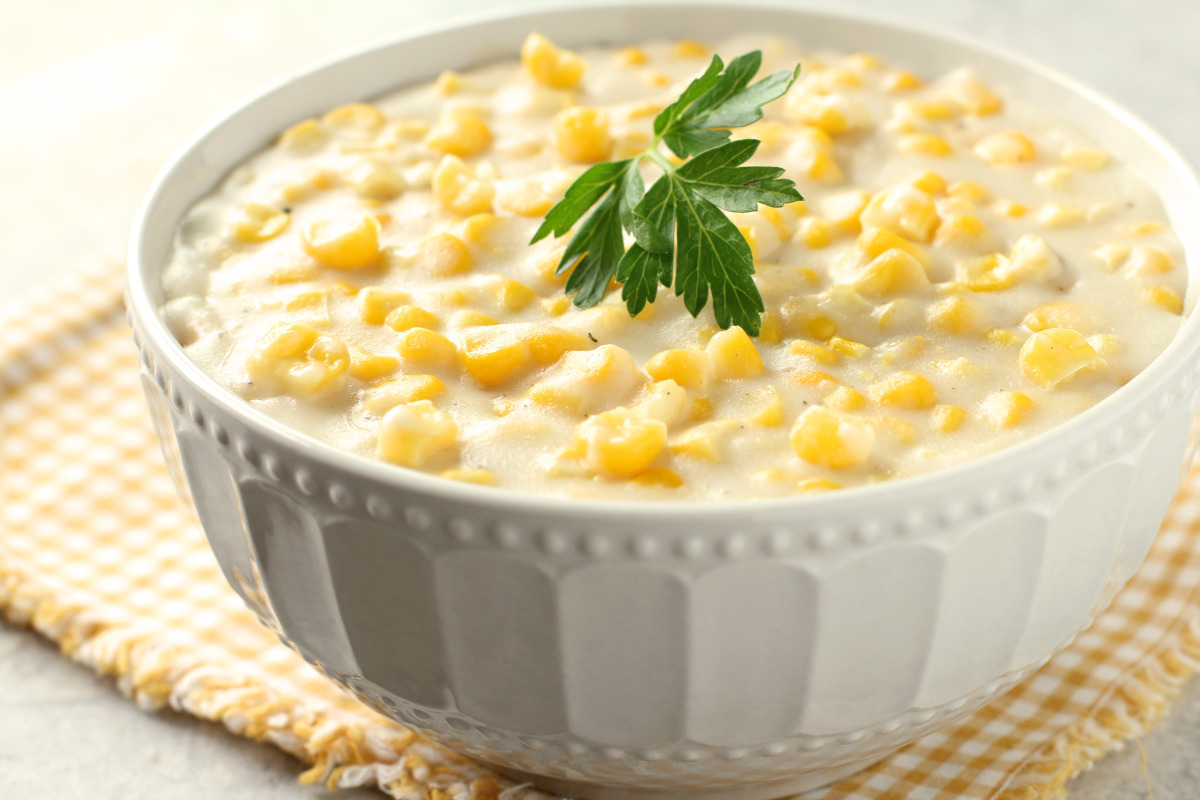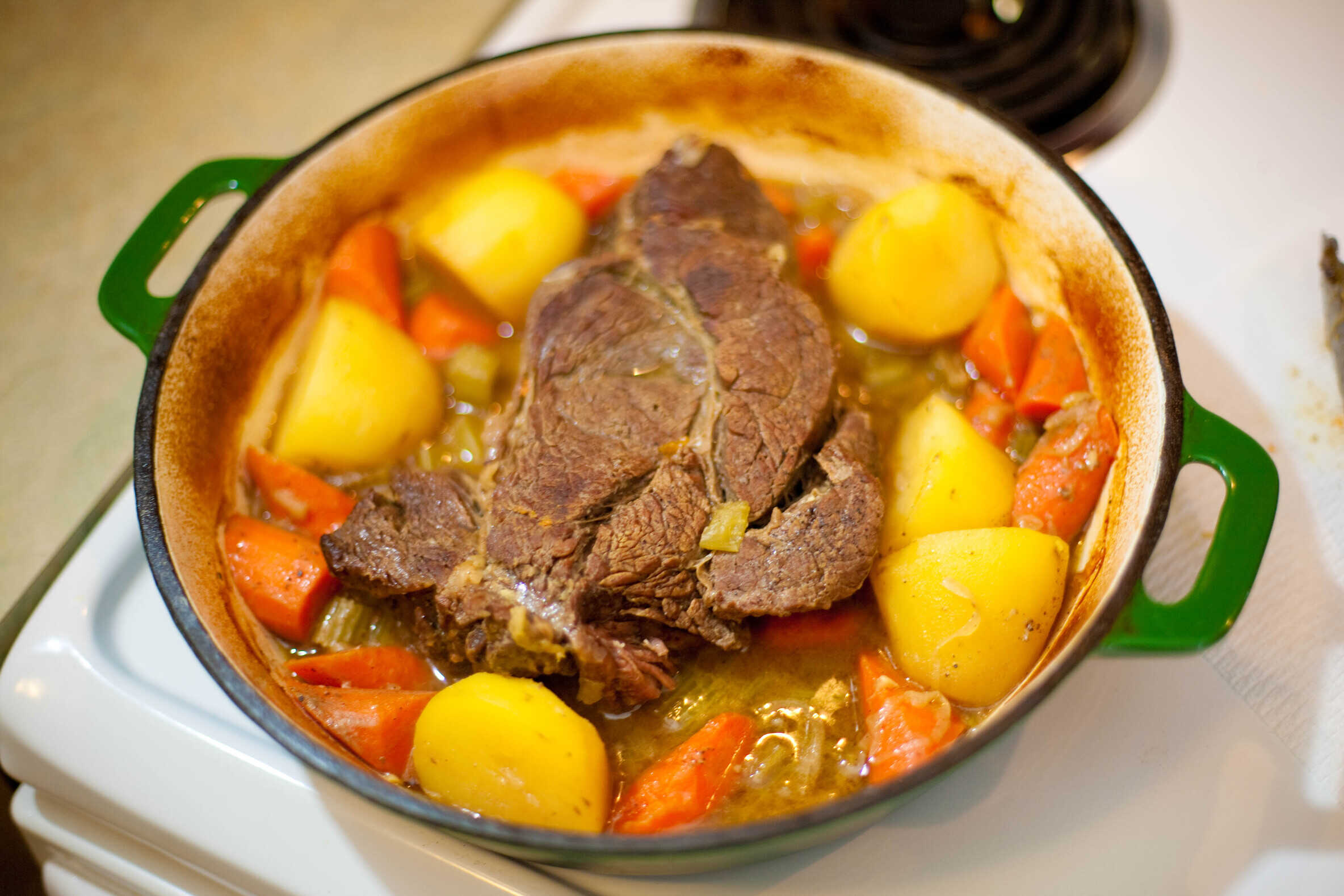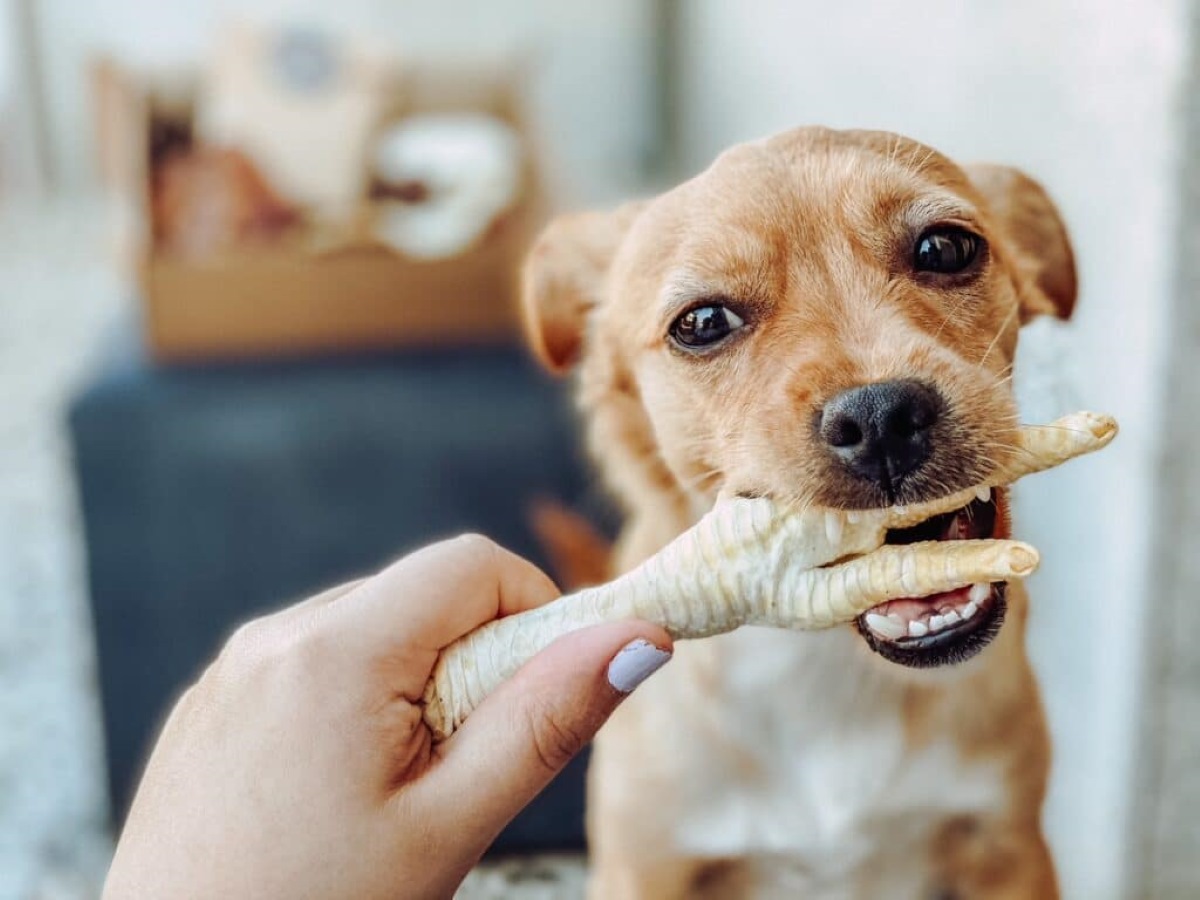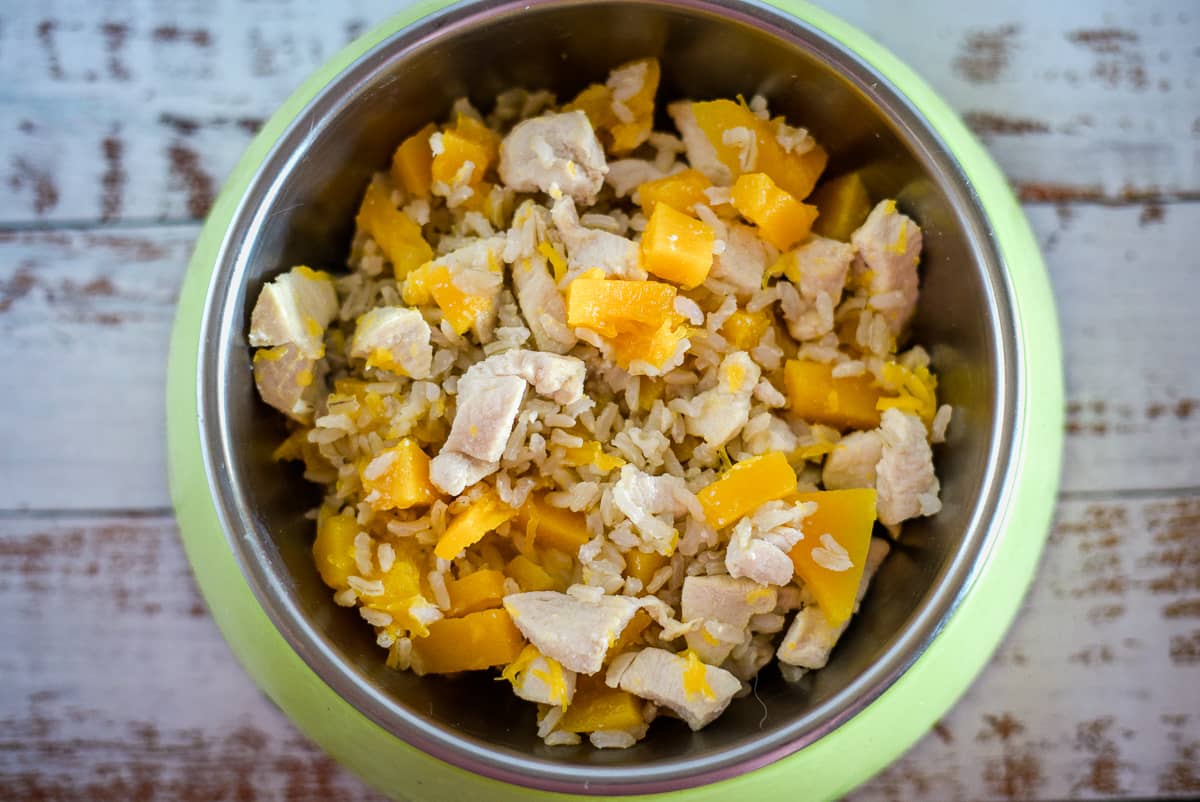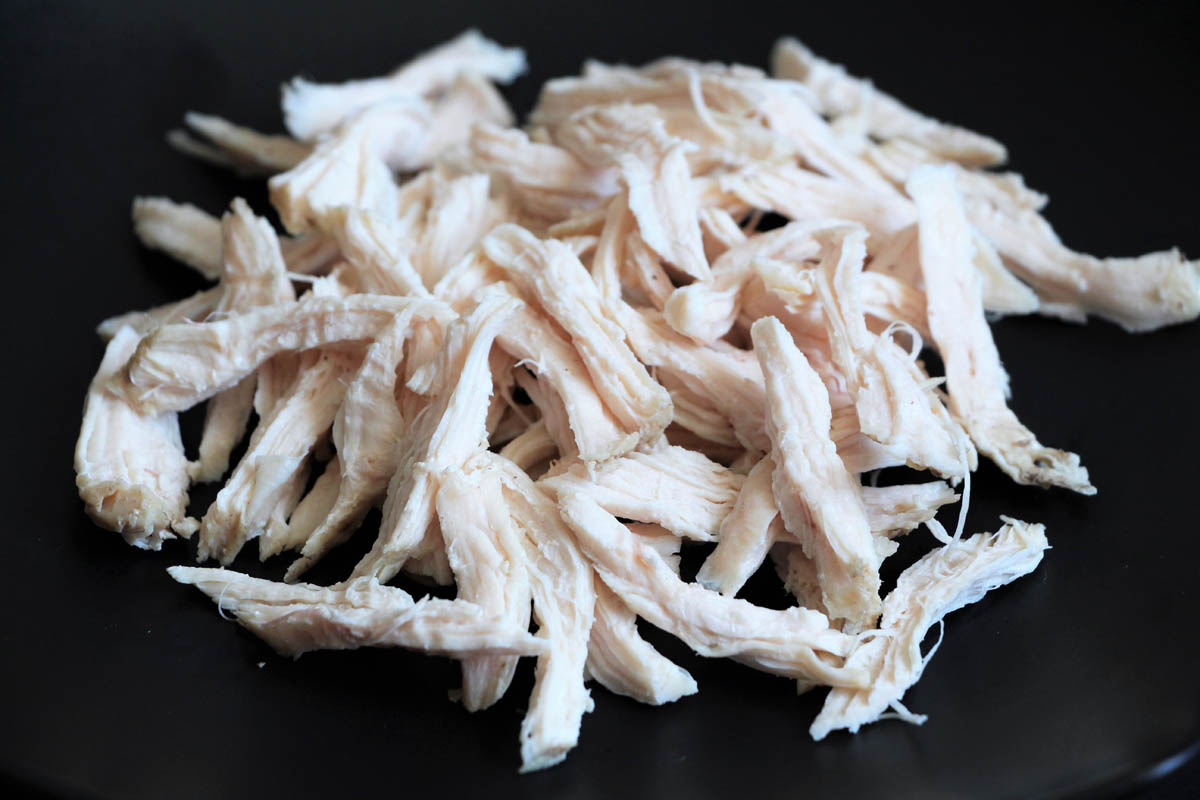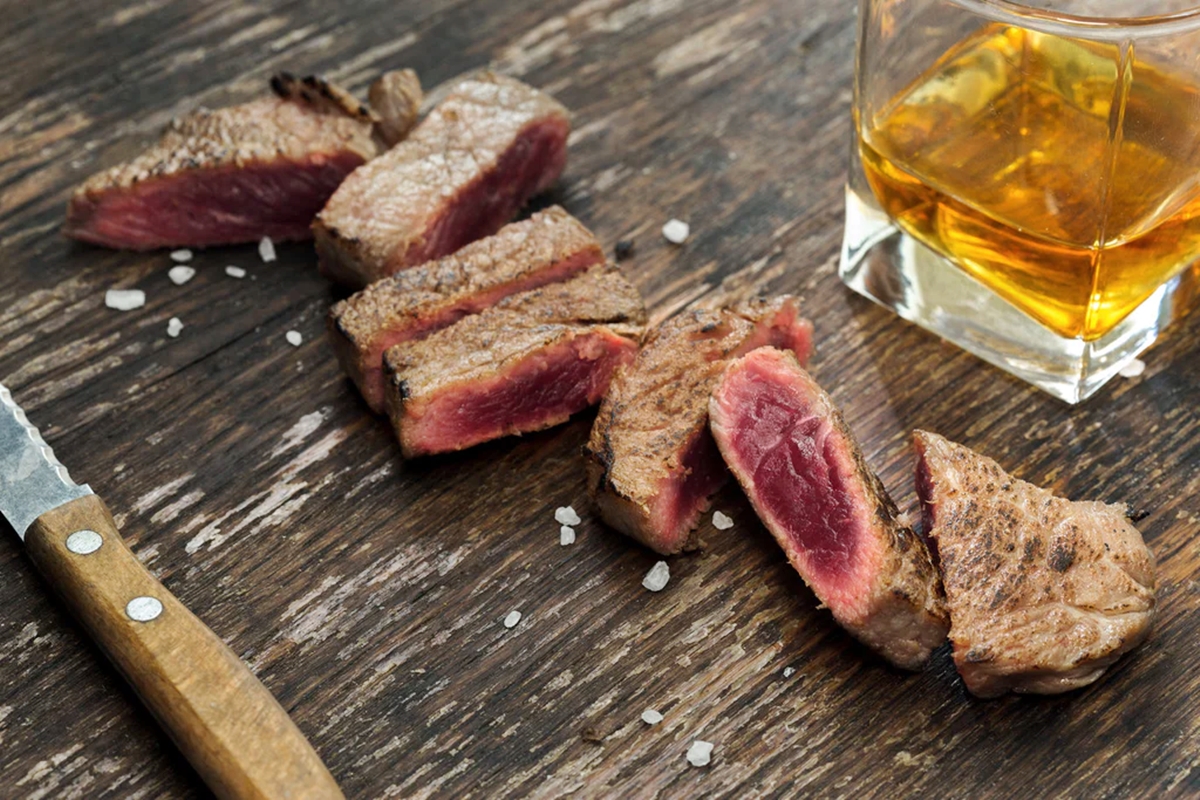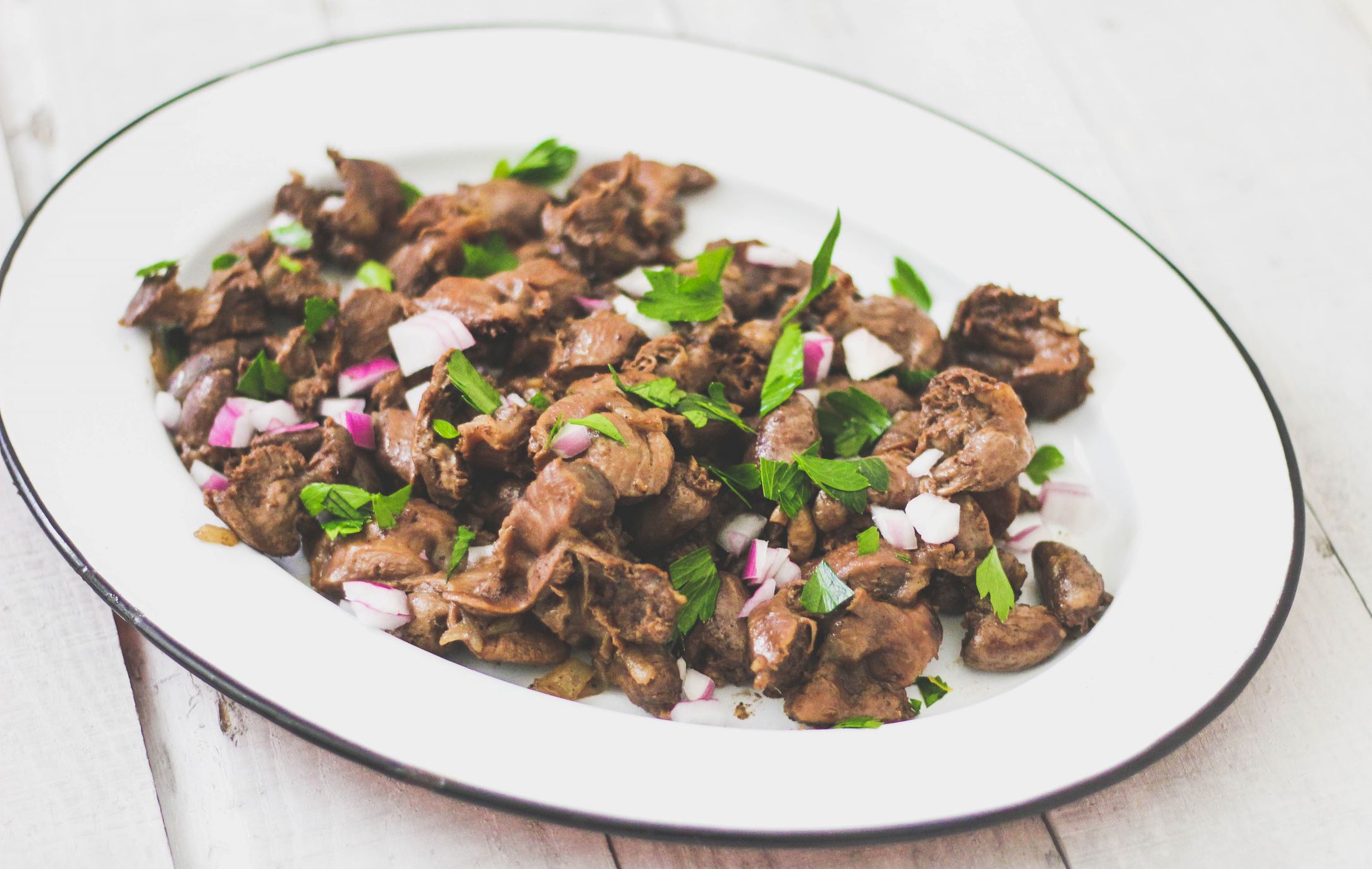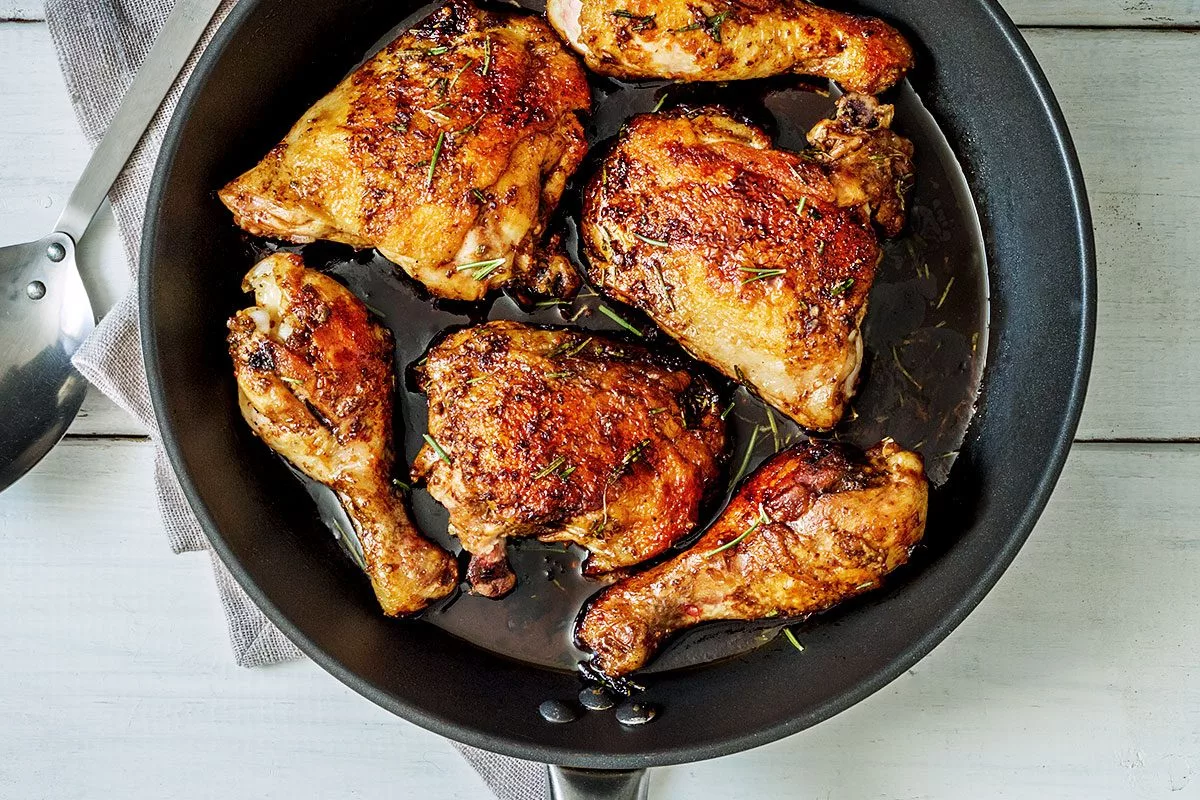How To Cook Salmon For Dogs
Salmon is not only a delicious and nutritious food for humans, but it can also provide many health benefits for our furry friends. If you’re wondering how to cook salmon for dogs, you’ve come to the right place! Follow these simple steps to prepare a tasty and safe meal for your canine companion.
Choosing the Right Salmon
When cooking salmon for dogs, it’s essential to select the right type of fish. Opt for wild-caught salmon as it is generally fresher and contains fewer contaminants than farmed salmon. Avoid using any seasoning or sauces that may be harmful to dogs, such as garlic or onions.
Preparing the Salmon
- Remove the Skin: Start by removing the skin from the salmon. Although it won’t harm your dog, it can be tough to digest and may cause tummy troubles.
- Check for Bones: Carefully inspect the salmon for any small bones that may pose a choking hazard. Remove them using tweezers or your fingers.
- Cut into Bite-Sized Pieces: Cut the salmon into small, bite-sized pieces that are suitable for your dog’s size and breed. This will help make it easier for them to eat and digest.
Cooking Methods
There are a few different cooking methods you can use to prepare salmon for your dog:
- Baking: Preheat your oven to 350°F (175°C) and place the salmon on a baking sheet lined with parchment paper. Bake for about 15-20 minutes or until cooked through.
- Grilling: If you prefer to grill the salmon, place it on a lightly oiled grill over medium heat. Cook for approximately 4-6 minutes per side, or until the fish flakes easily with a fork.
- Steaming: Steaming is another healthy cooking option. Simply place the salmon in a steamer basket and steam it for about 10-12 minutes or until fully cooked.
Serving Suggestions
Once the salmon is cooked, it’s time to serve it to your furry friend. Remember to let it cool down to room temperature before feeding it to your dog. Here are a few serving suggestions:
- Serving as a Meal: Combine the cooked salmon with your dog’s regular food to make a complete and balanced meal.
- Mixing with Vegetables: Add some steamed vegetables like carrots or green beans to the salmon for an extra nutritional boost.
- Making Homemade Treats: Use the cooked salmon as an ingredient in homemade dog treats. There are many easy-to-follow recipes available online.
Remember: A tasty salmon treat should be given to your dog in moderation. While salmon is generally safe for dogs to consume, it should not be their main source of food. Always consult with your veterinarian before making any significant changes to your dog’s diet.
So, there you have it – a simple guide on how to cook salmon for dogs! By following these steps and taking necessary precautions, you can treat your furry friend to a delicious and healthy meal that they will love.
Was this page helpful?
Read Next: How To Cook Meat In Ark
